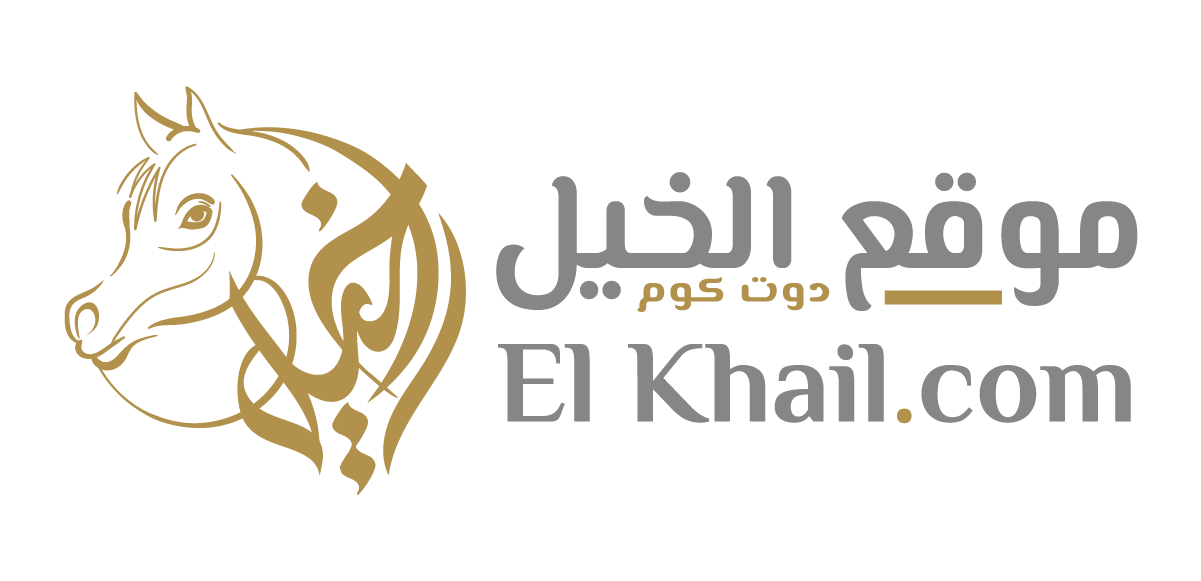Horse literature has gained great popularity in weddings and happy occasions; In the past, there were no rural bands, wedding halls, or DJs, and the municipal drum and flute were the main and essential element in all weddings, and there was a connection and love between the hearts of the Egyptians and their dancing horses, and there became pioneers of horse literature or dancing horses, waiting for the weddings. To see their beautiful lover.
As a result, the skills of folk equestrianism and its knights developed, and there became a kind of courtesies at weddings, and there were those who rent dancing horses, and the knights became masterful in what they presented to ignite the enthusiasm of the audience and obtain continuous encouragement. In fact, the main feature of distinguished weddings in the countryside became the presence of dancing horses.
Horses have also captured the imagination of contemporary Egyptian artists, including the artist Refaat Ahmed, who is famous for his creative depiction of these dancing horses, showing their beauty, intelligence, lively actions, beautiful spirit and interaction with music.

The temples did not record any paintings of horse dancing, which means that horse dancing did not exist in the era of the pharaohs. The paintings recorded the chariots and the victory of the pharaohs over the Hyksos, as well as the interest of Amenophis II in horse speed racing.
It is likely that the dancing of horses found interest among the soldiers, but not in the same form as it is now, for soldiers often lit campfires, and paraded their horses’ strides for the entertainment of simple equipment.
Blossom artifacts to decorate the dancing horse
The flourishing of horse literature led to the flourishing of handicrafts for the ornate shapes used by horses in parties, blue beads, leather, wool, colored silk, and colored cloth; For making charming shapes and ornaments; For the processing of horse supplies that go with festivals and occasions in various forms, as well as making the bead of the wide golden necklace, such as those worn by Bedouin women; In order to attract the attention of horses.
The training of the horse to dance begins when it completes 3 years of age, and its education continues for a year. During this year the horse is taught the basics and tried to give it a sense of rhythm. There are some horses that do this under tension, pressure and fear of punishment, and as a result of pressure and fear, there are some horses that cannot dance properly.
There are other horses that lead with attractiveness, flexibility and love. This is up to the trainer, as well as the horse’s hot blood. The rider must have the feeling; In order to be able to control the horse and its movements that require calmness from the rider; For the horse to feel confident, and perform comfortably and relaxed without tension, the horse needs to build strong muscles, as well as balance and flexibility; In order to express the correct movement.
Thousands of pounds to make rhetc for dance horses
The development of this folklore coincided with the manufacture of “rhachts” or saddles. It became distinguished for these ancient horses to prepare distinctive saddles, which cost thousands of pounds; In order to show off the “rakht”, which resulted in the manufacture of a bridle that is installed in the mouth of the horse. It is the bridle that is hot, cold and medium. The interest in the bridle began since the Mamluk era, as specialized squads were prepared since the era of Sultan Al-Nasir bin Qalawun and his successors.
The Egyptian families’ interest in horse literature resulted in the production of horses bearing all the qualities of beauty, perfection, and responsiveness to training. Good literature horses became expensive, without paying attention to whether the horse was sealed or not. There was a period when families raised horses, and did not stamp them. The
The greatest challenge to horse literature
The literature of horses must be seen as a contest or a party, but in the modern style, of showing the horse’s interior in a polite manner by using the usual butts and stirrups, and having the horse perform the steps it does during training without any means of violence; We want to train a horse that is happy and joyful, and feels relaxed while doing what is asked of it, without fear of punishment or blood from the mouth or stomach; As a result of the use of the bridle and stirrup protectors. Here we have entered the world of global taming. It is possible to use ordinary music and not only drum and oboe. This challenge is required in order to export the Egyptian folklore “horse dance” to all countries of the world.
Here, amateurs are also asked to work. Hussein Mahjoub, Dr. Galal Abdel Razek and Mohamed Abdel Bari trained their horses and won them in festivals. Now the amateurs have to work towards the development of horse literature.






